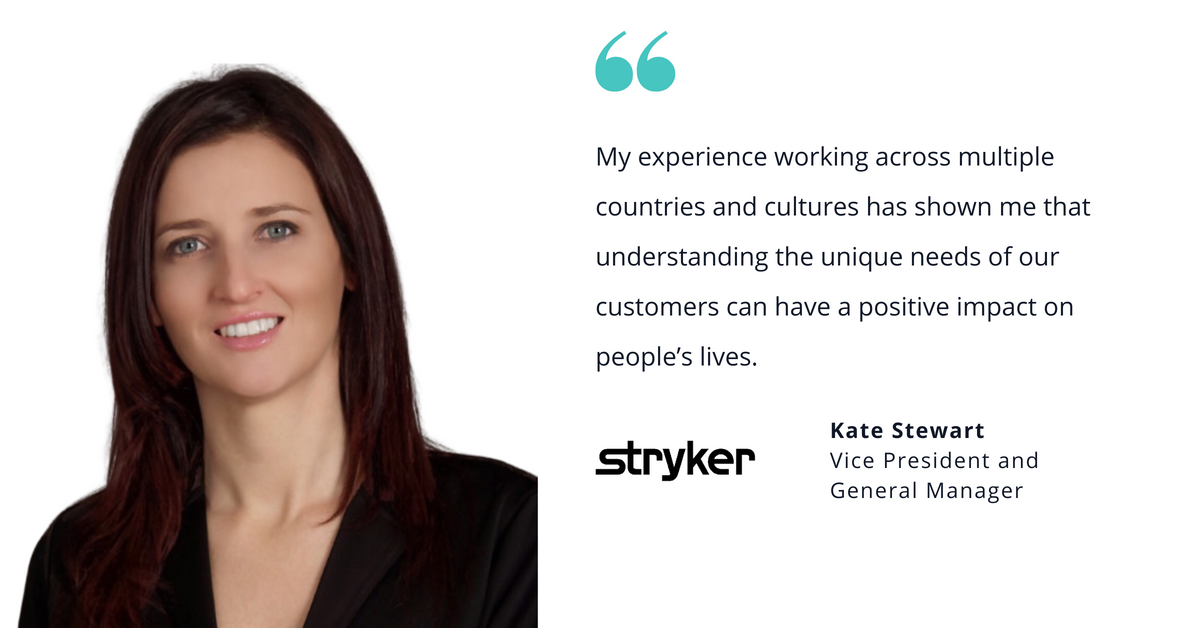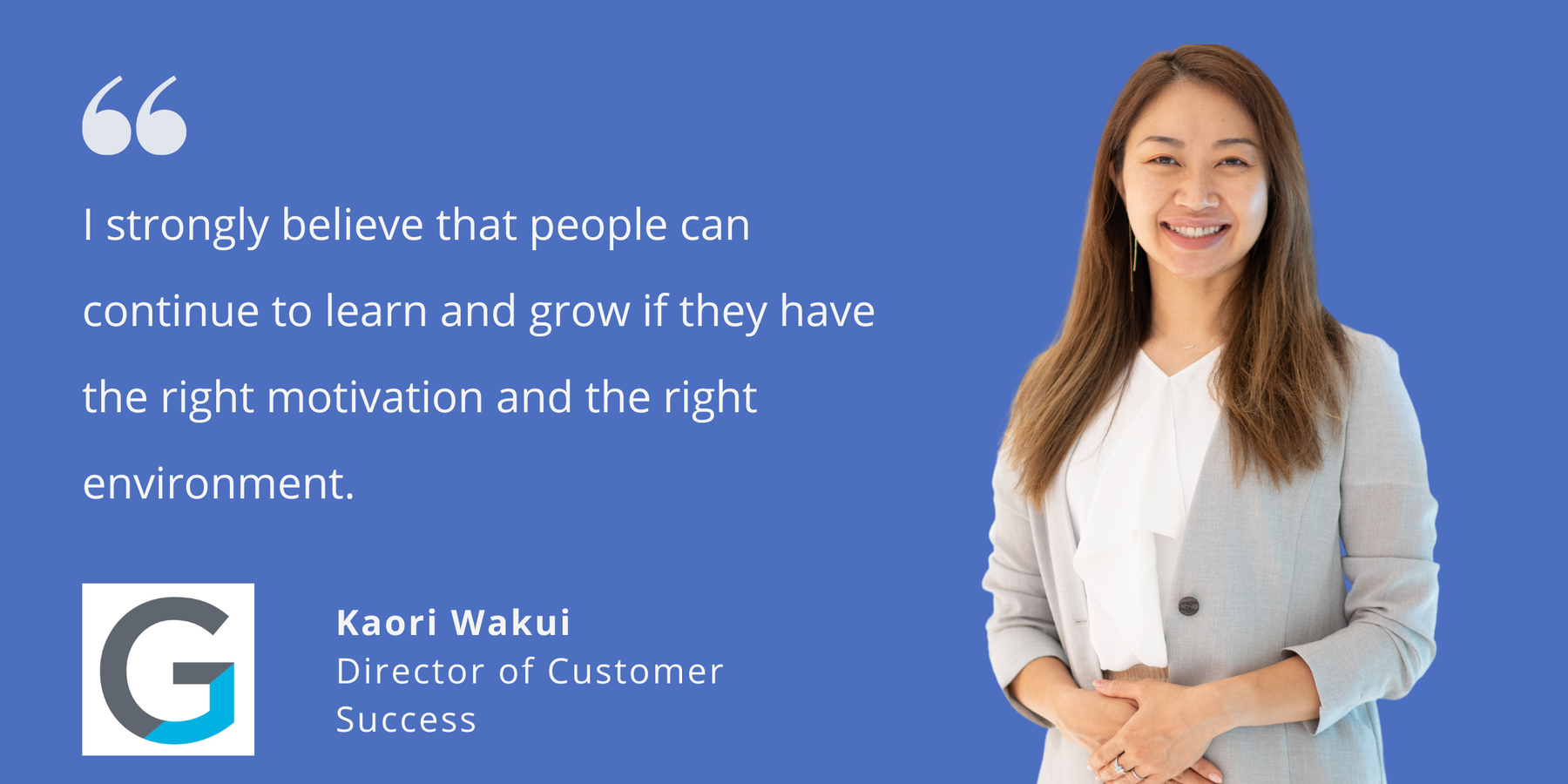When we catch up with Kate Stewart, she joins us from Minneapolis, Minnesota, where she works for medical technology company Stryker.
Her career didn’t start in the Midwest, though. Nearly 20 years of work in the healthcare and MedTech industries has brought Kate from Australia to the Netherlands and now to the U.S. Along the way, she’s been mastering the art of building relationships with customers around the world — an art that is essential in her role as vice president and general manager.
“The health technology industry is collaborative,” Kate says. “Working with customers allows us to build meaningful relationships so that we can improve health outcomes together.”
We asked Kate to give us the inside scoop on her strategy for cross-cultural customer collaboration, including a few tips for how you can build strong client relationships, too.
Start with empathy
Kate first acknowledges a customer’s cultural background and takes the time to understand their unique perspective.
Often, this involves connecting over common interests.
“I was visiting a customer in Italy a number of years ago and noticed he had a photograph of a rowing team on his office wall,” Kate shares. “This customer and I talked about rowing for a good part of our first meeting. We connected on common ground, and this helped to foster a stronger relationship. In fact, we still talk about rowing years later!”
Follow with curiosity
Rather than make assumptions, Kate will ask questions and seek to understand a customer’s mindset.
She offers language as an example. “Although we might speak English as the business language across many countries, we may still have cultural mismatches within the words. Culture has a powerful effect on communication. It is not just about words but also how people use them,” she says.
For Kate, ensuring clear communication involves asking for clarification when needed and staying conscientious of how her vocabulary may be perceived in other countries.
Ultimately, this curiosity helps Kate provide a higher level of service to customers. She shares the example of a relationship she built with a customer in Japan that brought her further insight into Japanese customs and expectations. “This helped me to better understand our customers in Japan and their unique needs in my role today.”
Stay authentic
Kate had a manager early in her career that taught her to listen to each customer’s unique needs without making assumptions. This advice stuck with her, and she added it to her relationship-building toolbox.
Being present with customers by actively listening to their needs is just one way that Kate strives to be authentic in her work.
“I recently met with a customer from Buenos Aires, and he told me that working with people who show up as themselves makes him more likely to trust them and feel comfortable being open with them. He said it makes him want to invite the other person into the conversation,” she says.
3 tips for fostering cross-cultural relationships
As a leader, Kate wants her team to take tremendous pride in focusing on customers.
“I provide opportunities for people on my team to continuously improve on building customer relationships. This can be as simple as coaching, mentorship, or professional development programs,” she shares.
We asked Kate to share her top three tips for how others can build relationships with customers from different cultures. Here’s what she said:
- Adapt your communication style to meet the needs of the customer. “You can still be authentic by listening intently and communicating with intentional clarity.”
- Be open to feedback from your customers. “You can use this to improve your approach to building customer relationships across cultures.”
- Be aware of cultural differences. “To build strong relationships with customers from diverse backgrounds, listen to understand their unique perspectives.”
In her time at Stryker, Kate has seen that a customer-centric approach leads to business success. But that’s not where it stops.
“My experience working across multiple countries and cultures has shown me that understanding the unique needs of our customers can have a positive impact on people’s lives.”
Interested in making healthcare better around the world with Stryker? Check out the opportunities here.



